Grinding in washing machine motor brushes
 The commutator motor of a washing machine is reliable and simple in design, but periodically requires repair. We are mainly talking about replacing electric brushes - they need to be replaced with new ones every few years. Otherwise, the engine begins to spark, overheat and fail. Before replacing, it is necessary to grind in the brushes of the washing machine motor. How to do this and why – let’s look at it in more detail.
The commutator motor of a washing machine is reliable and simple in design, but periodically requires repair. We are mainly talking about replacing electric brushes - they need to be replaced with new ones every few years. Otherwise, the engine begins to spark, overheat and fail. Before replacing, it is necessary to grind in the brushes of the washing machine motor. How to do this and why – let’s look at it in more detail.
Options for adjusting brushes
New brushes have long carbon tips, which are best “fitted” to the washing machine’s motor. There are several ways to grind in the “coals”. The choice depends on the type of motor installed in the machine, user preferences and available tools. The first “fit” option is the most common. The instructions are as follows:
- Use a file and coarse sandpaper to rub the electric brushes, adjusting the size of the tips to the engine;
- fix the rods on the engine;
- place glass sandpaper under the brushes (it is fixed with the “working” side to the coals over the entire surface of the motor);
- adjust the armature with your hands so that the paper comes into contact with the electric brushes;
- clean the collector from coal dust (with a dry cloth, ideally with an air stream);

- start the mechanism with a load of no more than 30% of operating power;
- Remove dust from the motor housing again with compressed air (otherwise there is a risk of the mechanism shorting).
To grind in the electric brushes of the washing machine motor, you will need coarse sanding paper.
In the second method, the adjustment of electric brushes is carried out using a strip of glass sandpaper.It is wound around the engine and securely fixed to the body. Afterwards, the carbon rods are inserted into cases and rotated around a stationary anchor. It is important to maintain the direction in which the mechanism in the generator rotates.
There is a third option for lapping: place sanding paper, grainy side up, on the motor and rub it over the body 2-3 times. At the same time, press the carbon brushes onto the canvas. The adjustment ends when the rods lie flat on the manifold. Be sure to pay attention to the size of the sandpaper - it should be wider than the coals.
Why is this necessary?
Adjustment of electric brushes is required both when installing new rods to replace worn ones, and when they are worn unevenly or the carbon tips are not beveled correctly. This is necessary for the engine to work properly, without sparking, noise and vibration. Otherwise, a short circuit or other motor damage may occur.
In order to replace the brushes on time, you need to regularly diagnose the motor. First, evaluate the length of the carbon tips. Secondly, measure the elasticity of the spring mechanism in the cases. The springs are checked using a lever dynamometer. If the clamps are not elastic enough, the rods vibrate more, and the engine fails faster.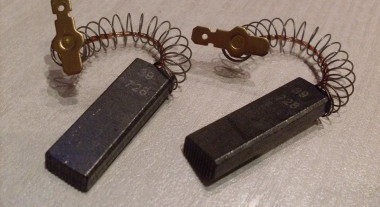
An important nuance is to choose the right electric brushes. They must match the brand of the collector, rotate freely on the axis and fit tightly to the motor housing.
How can you tell if the brushes have not gotten used?
Grinding in brushes is a mandatory procedure when replacing them. If the carbon rods are not adjusted or done incorrectly, the engine will malfunction. Thus, the following “symptoms” indicate insufficient adjustment:
- sparking;
- uncharacteristic hum;
- overheating of the mechanism;
- increased vibration of the machine.
When lapping is carried out correctly, a uniform distribution of stress across the working surfaces is ensured. Due to the latter, the engine runs quieter and better, power improves, and the service life of the mechanism increases. You can deal with electric brushes yourself, without resorting to the help of specialists. The main thing is to strictly follow the instructions and observe safety regulations.
Interesting:
Reader comments
- Share your opinion - leave a comment
Categories
Washing machine repair


For buyers

For users

Dishwasher

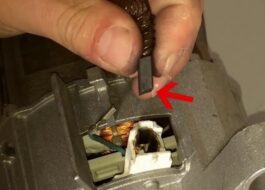
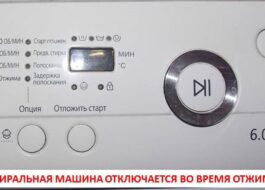

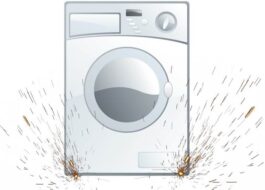
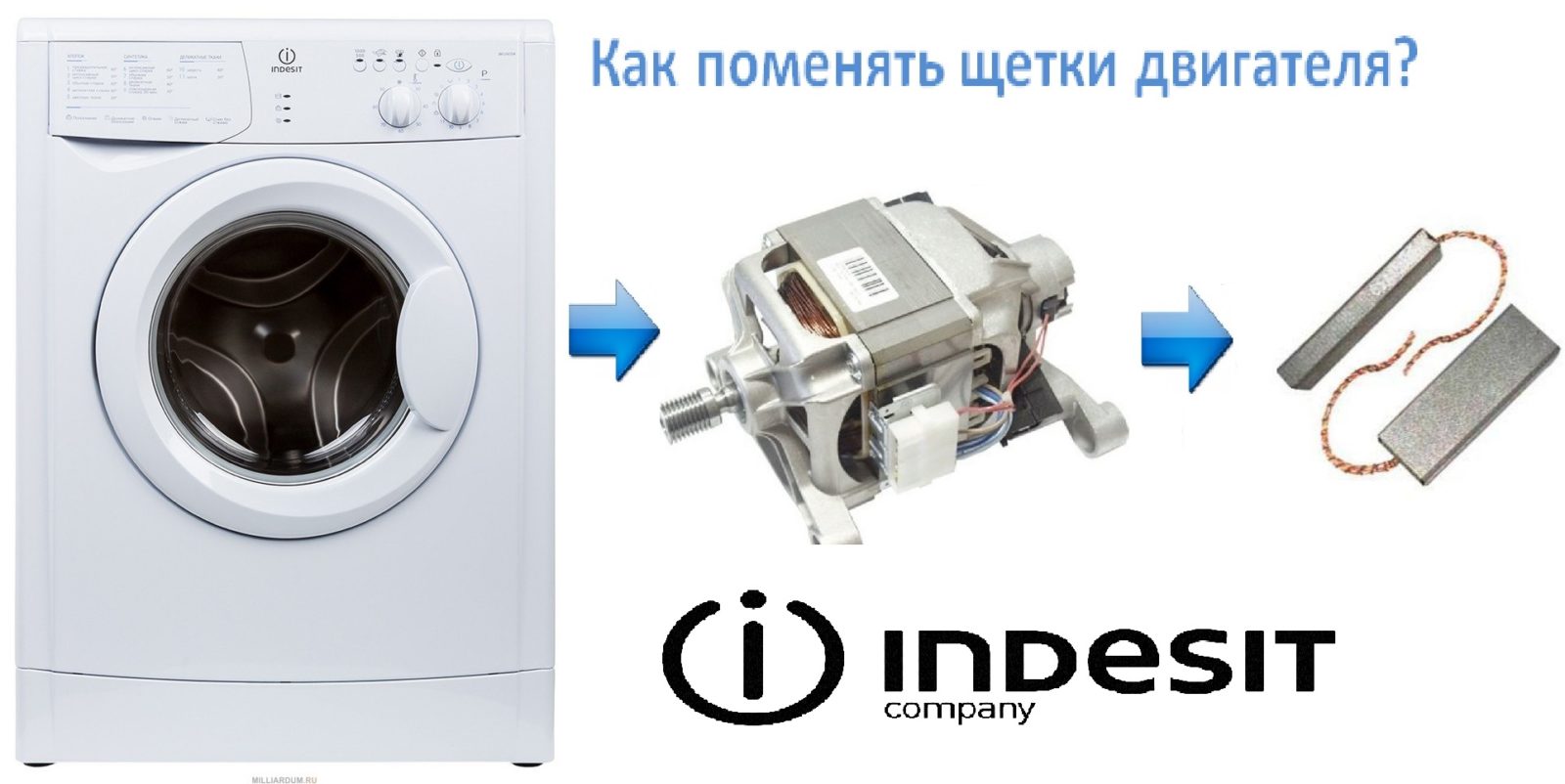
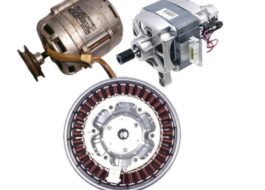










Add a comment